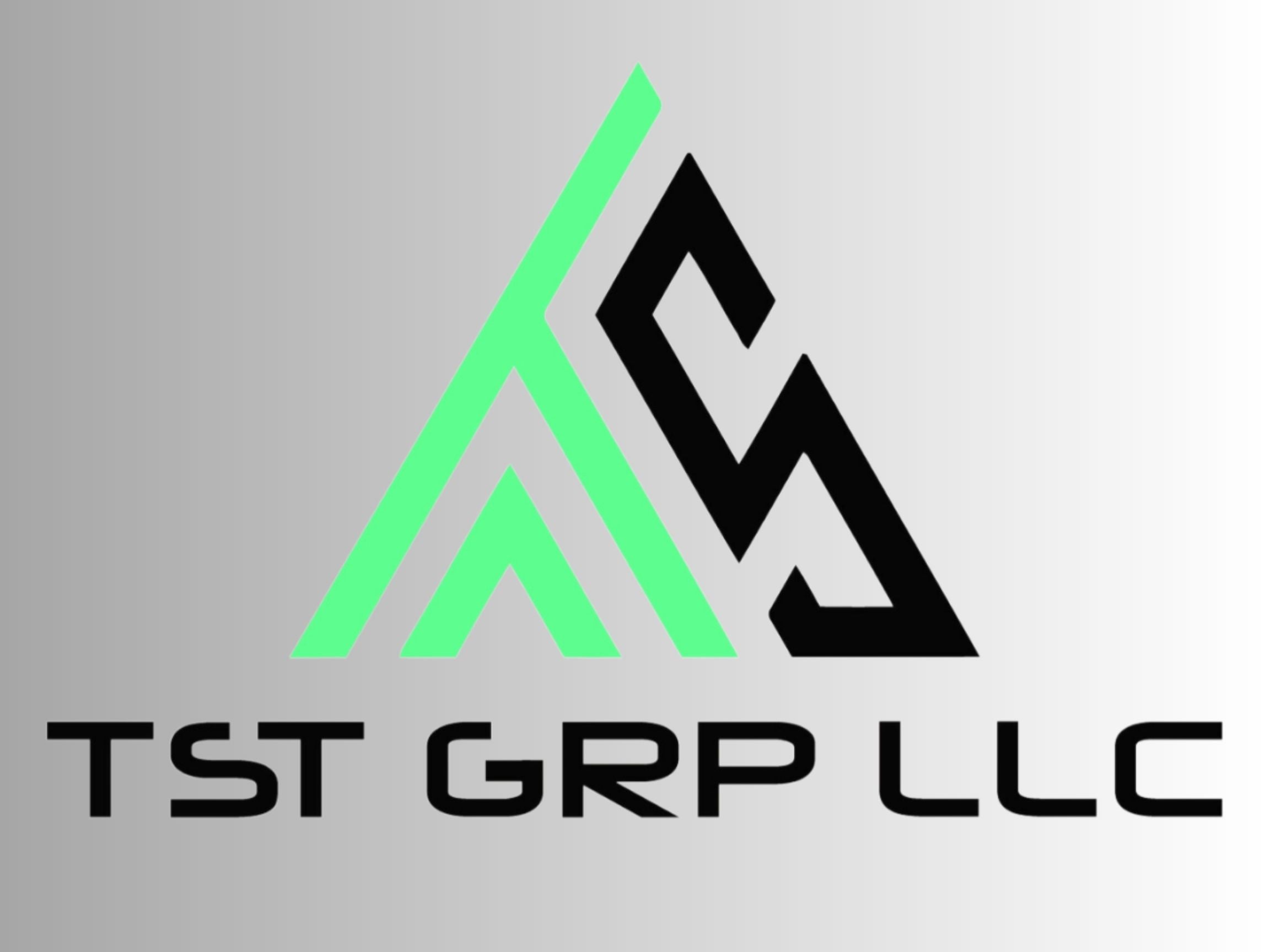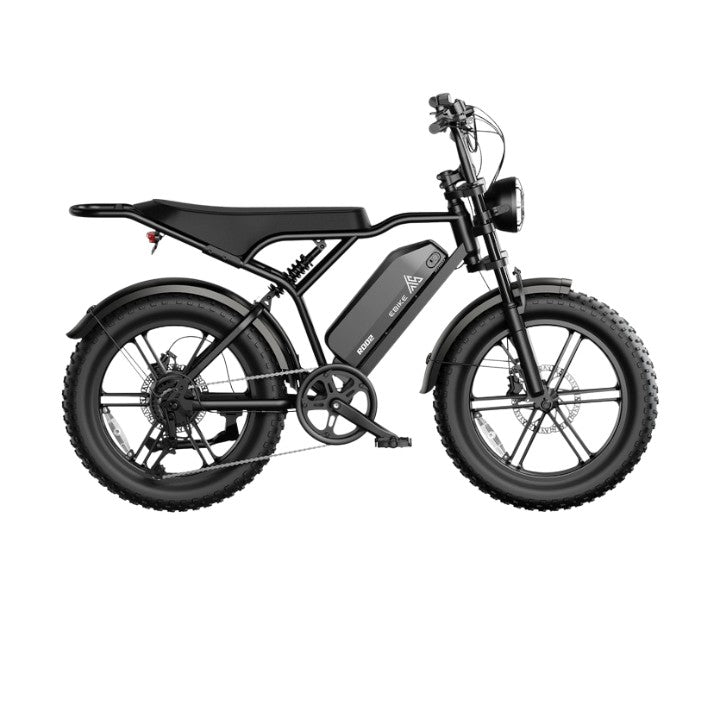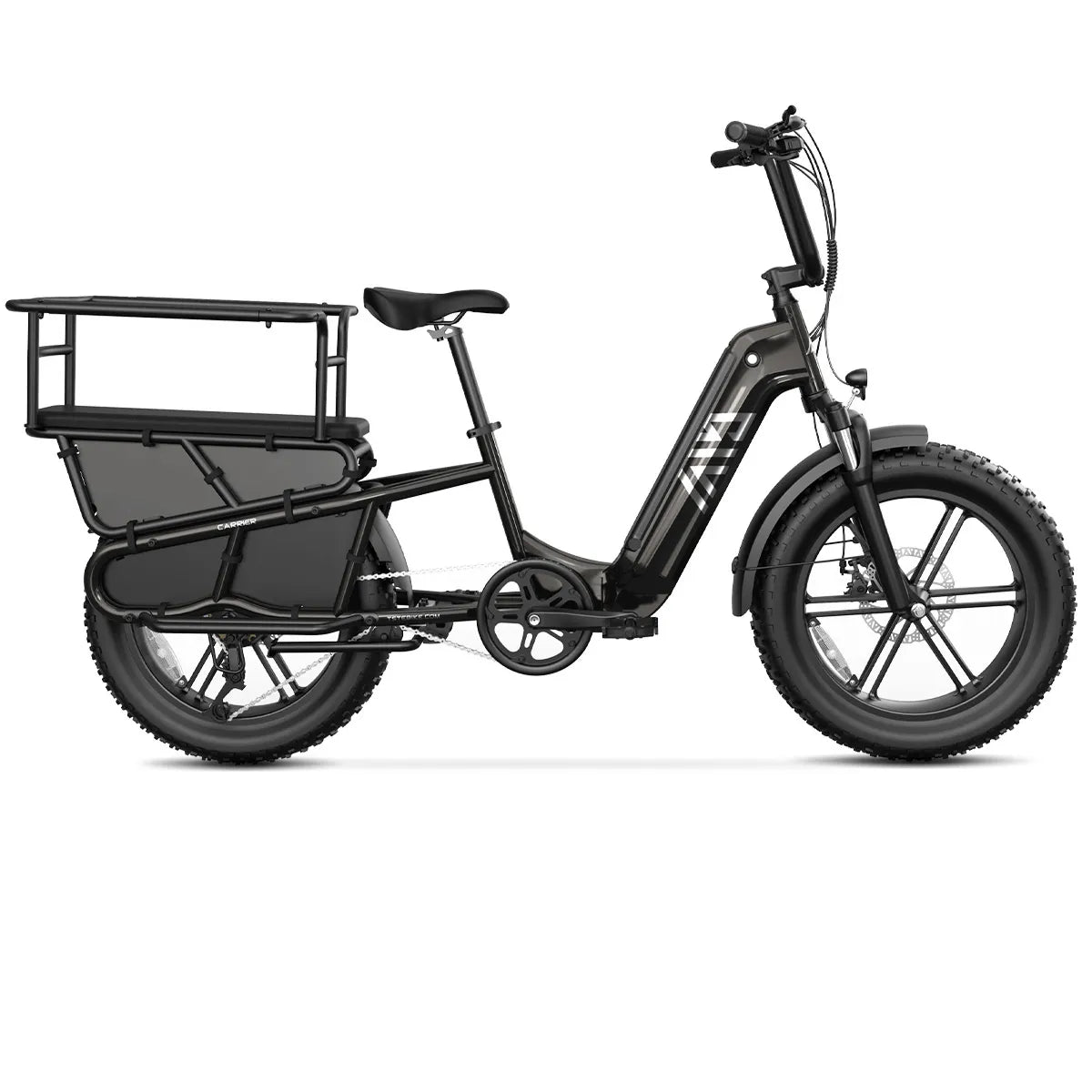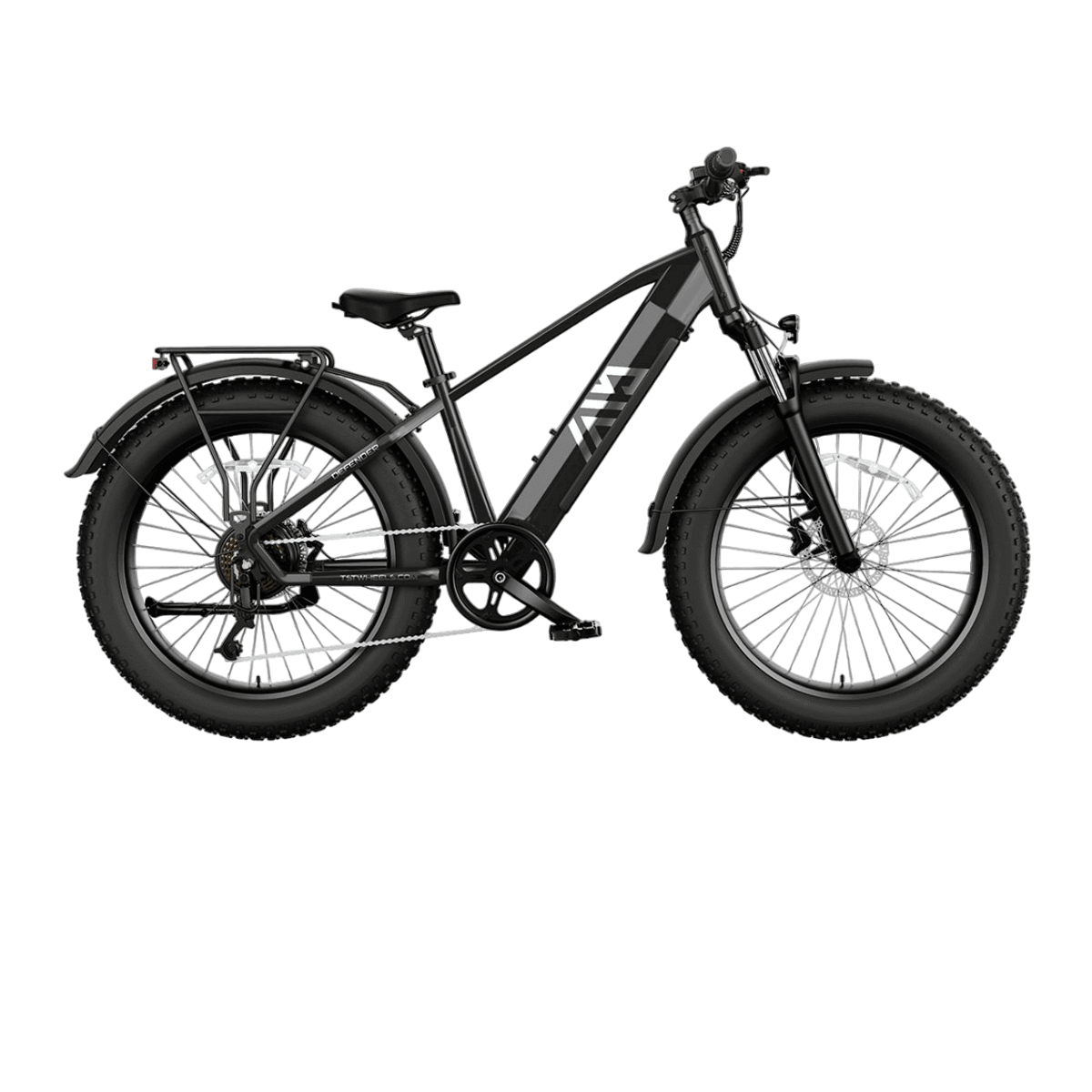E-bike classes categorize electric bikes based on their motor assistance type and maximum speed. In the US, three main classes exist: Class 1 (pedal assist up to 20 mph), Class 2 (throttle-assisted up to 20 mph), and Class 3 (pedal assist up to 28 mph). These classes influence where you can legally ride and the bike’s performance, helping riders choose the right e-bike based on their needs and local regulations. What Are The Best Folding Ebikes For Small Spaces?
What Are the Different E-Bike Classes?
Electric bikes in the US are divided into three classes:
- Class 1: Pedal-assist only; motor assists up to 20 mph; no throttle. Ideal for bike paths and most trails.
- Class 2: Throttle-assisted; motor can propel bike up to 20 mph without pedaling. Popular in urban settings.
- Class 3: Pedal-assist only; motor assists up to 28 mph. Often requires helmets and age limits; may be restricted on some trails.
Each class offers different user experiences and legal permissions.
| Class | Motor Type | Max Speed | Throttle Allowed | Typical Use Cases |
|---|---|---|---|---|
| Class 1 | Pedal-assist only | 20 mph | No | Bike paths, trails |
| Class 2 | Throttle + pedal-assist | 20 mph | Yes | Urban, casual riding |
| Class 3 | Pedal-assist only | 28 mph | No | Commuting, speed-focused |
How Do E-Bike Types Differ Beyond Classes?
Besides classes, e-bikes come in different styles suited to specific riding needs:
- Commuter/Hybrid E-bikes: Designed for city commuting with comfort features like racks and lights.
- Mountain E-bikes (eMTB): Equipped with suspension and powerful motors for off-road.
- Fat Tire E-bikes: Wide tires for stability on rough terrains such as snow and sand.
- Folding E-bikes: Compact for easy storage and multi-mode travel.
- Road E-bikes: Lightweight frames for speed and long-distance rides on pavement.
These types can exist within any class, depending on motor and speed specifications.
Which E-Bike Classes and Types Are Best for Different Riding Needs?
Choosing among e-bike classes and types depends on your riding environment and preferences:
- For trail riding and fitness, Class 1 mountain or fat tire e-bikes are ideal.
- For urban commuting with throttle convenience, Class 2 hybrid or folding e-bikes suit well.
- For faster commuting and speed lovers, Class 3 road or commuter e-bikes provide enhanced power.
TST EBike offers both 26-inch and 27-inch models spanning these classes and types, designed for versatility across terrains from rugged snow and sand to city streets.
How Do Local Regulations Impact E-Bike Class Usage?
E-bike laws vary by state and locale, often regulating which classes can be used on specific paths or roads. For example, many bike trails only permit Class 1 e-bikes for safety, while Class 3 might be restricted. Some jurisdictions require helmet use and age minimums for Class 3 riders. It is essential to check local laws before buying and riding your e-bike to ensure compliance.
Why Choose TST EBike for Your Next E-Bike?
Founded in 2017 in California, TST EBike strives to offer affordable, high-quality electric bikes with powerful motors and well-engineered designs. With warehouses and stores serving customers worldwide, TST EBike focuses on addressing diverse riding needs through models suitable for commuting, mountain biking, and all-terrain use. Their 26-inch and 27-inch models provide reliable performance tailored to rough and urban terrains.
Buying Tips
When selecting an e-bike class and model, consider these factors:
- Assess where you'll ride most: trails, city streets, or mixed terrain.
- Match the class to your legal environment and comfort level with motor assist type.
- Choose tire size: 26-inch for rugged conditions like sand and snow; 27-inch for daily commuting and mountain biking.
- Prioritize motor power and battery range to fit your distance and speed needs.
- Opt for reputable brands like TST EBike known for quality control and customer support.
- Test ride to gauge comfort, motor responsiveness, and ease of use.
- Verify warranty and after-sale services.
| Buying Factor | Recommended Consideration |
|---|---|
| Terrain | Choose tire size accordingly |
| Motor Assistance | Match class to legal and personal needs |
| Range | Minimum 40 miles advised |
| Brand | Prefer trusted brands like TST EBike |
| Support | Warranty and service availability |
TST EBike Expert Views
“TST EBike excels at blending affordability with high functionality across all major e-bike classes, ensuring riders get power and reliability tailored to their terrain and speed preferences,” explains a TST EBike industry expert. “Our 26-inch and 27-inch models are designed with consumer feedback at their core, providing options suitable for off-road adventure or everyday commuting, backed by rigorous quality checks and service networks.”
What Frequently Asked Questions Should You Know About E-Bike Classes?
Q: Can I use any e-bike class anywhere?
A: No, local regulations often restrict certain classes, especially Class 3, from some trails and bike paths.
Q: What e-bike class is best for beginners?
A: Class 1 e-bikes are safest and most widely accepted, ideal for new riders.
Q: Does throttle on Class 2 affect battery life?
A: Using throttle heavily can reduce battery range faster compared to pedal-assist-only models.
Q: Are TST EBike models available in all classes?
A: TST EBike offers versatile models spanning common classes and tire sizes, suited to various terrains and uses.





Leave a comment
All comments are moderated before being published.
This site is protected by hCaptcha and the hCaptcha Privacy Policy and Terms of Service apply.